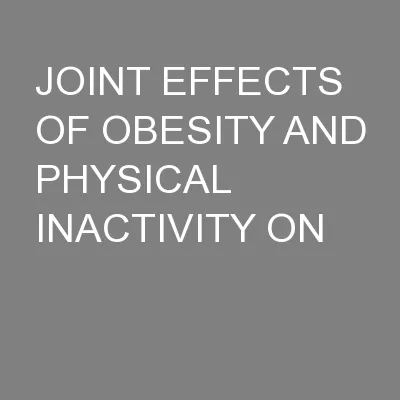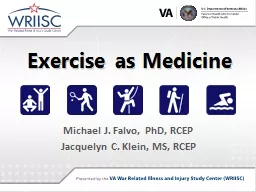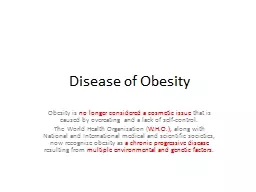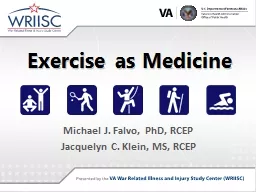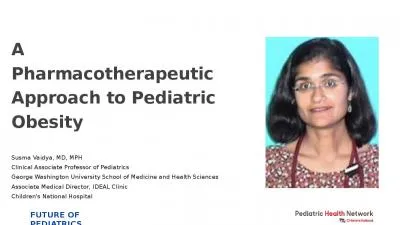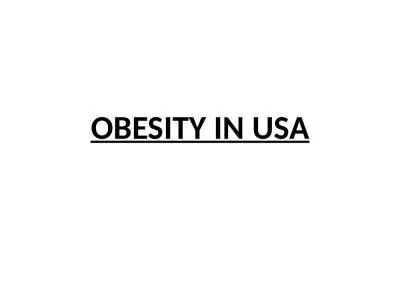PPT-JOINT EFFECTS OF OBESITY AND PHYSICAL INACTIVITY ON
Author : luanne-stotts | Published Date : 2016-05-10
CARDIOVASCULAR DISEASE RISK AMONG HISPANICS WITH TYPE 2 DIABETES Ranjita Misra Steve Riechman Julio Guerrero Roxana ValdesRamos Sukho Lee Linda Castillo Ivonne
Presentation Embed Code
Download Presentation
Download Presentation The PPT/PDF document "JOINT EFFECTS OF OBESITY AND PHYSICAL IN..." is the property of its rightful owner. Permission is granted to download and print the materials on this website for personal, non-commercial use only, and to display it on your personal computer provided you do not modify the materials and that you retain all copyright notices contained in the materials. By downloading content from our website, you accept the terms of this agreement.
JOINT EFFECTS OF OBESITY AND PHYSICAL INACTIVITY ON: Transcript
Download Rules Of Document
"JOINT EFFECTS OF OBESITY AND PHYSICAL INACTIVITY ON"The content belongs to its owner. You may download and print it for personal use, without modification, and keep all copyright notices. By downloading, you agree to these terms.
Related Documents

